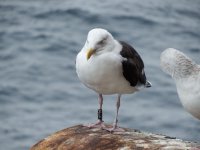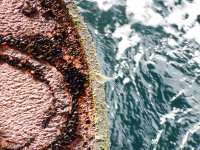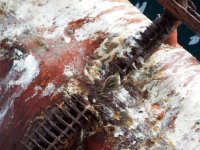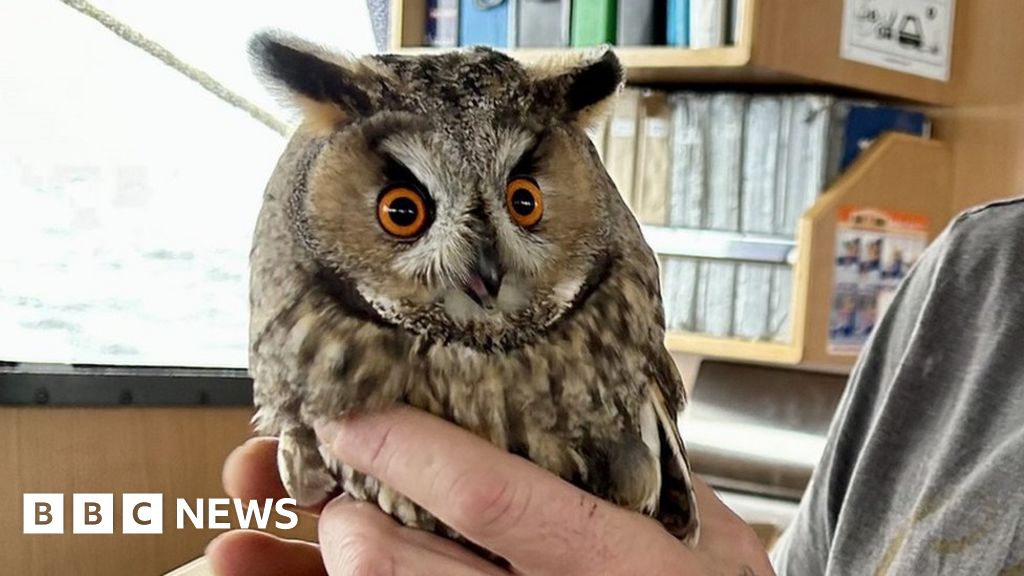I don't know what has happened, but we are now up to eight dead Sparrowhawks. So far this afternoon we have found 2 dead in external areas, and three dead in internal areas. And still a lot of areas no one has looked at yet!
One of the birds outside was stripped to the bone in raptor fashion. The second outside bird looked like plucking had commenced. And two of the inside birds had also been eaten. Unless they are eating each other???, we must have had a bigger raptor onboard. Goshawk? Long-eared Owl?
One of the birds outside was stripped to the bone in raptor fashion. The second outside bird looked like plucking had commenced. And two of the inside birds had also been eaten. Unless they are eating each other???, we must have had a bigger raptor onboard. Goshawk? Long-eared Owl?














